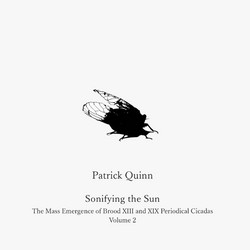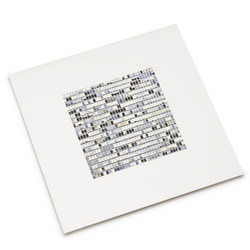In Otolith, Florian Kolb and Thanos Polymeneas-Liontiris transform inner-ear anatomy into a guiding metaphor for sound. An otolith is a small structure in the vestibular system, crucial for maintaining balance—yet here, it becomes the pivot for an album that revels in destabilization. Across its arc, the record creates a listening environment where equilibrium is constantly tested, never entirely secured. Both artists come from backgrounds grounded in compositional rigor, yet they embrace a performance method that thrives on fracture and drift. Kolb’s bass and electronics act as seismic instruments, generating low-frequency pulses that feel physical, as if vibrating through the listener’s ribcage. Polymeneas-Liontiris brings a sculptural sensibility to sound: his manipulations of tone and space create sudden tilts, acoustic shadows, and shifts in depth that disorient without overwhelming.
Otolith resists linear growth. Instead, it builds a series of interconnected sonic events—episodes that might hover in calm only to pivot into sudden turbulence. The structures seem to reference not only the physics of motion but the psychology of perception. The sensation mimics standing still while the ground subtly moves, the body’s own feedback systems caught between confidence and doubt. The interplay between bass resonance, processed electronics, and fleeting percussive articulations shapes the album’s core vocabulary. Small gestures are magnified in scale: the friction of a string, a granular crackle, or the brief harmonic bloom from a sustained tone. Silence functions not as absence but as negative space, heightening the awareness of each intrusion. Released through Zappak, the album aligns with the label’s commitment to works that interrogate sound as embodied experience. Listening to otolith becomes an act of recalibration, akin to testing one’s footing in uncertain terrain. Each track’s pacing and spatial composition invite deep attention; the album compels presence, drawing listeners into a state where even internal sensation becomes part of the performance. The sound design privileges tactility. Low-end frequencies anchor the listener physically, while higher frequencies act like fine filaments, slicing through the air. This layering of weight and fragility mirrors the complexity of balance itself—a system reliant on contrasts and micro-adjustments.
Kolb and Polymeneas-Liontiris avoid spectacle in favor of precision and implication. Their dialogues within the sound field remain open-ended, never resolving into tidy conclusions. Instead, they leave space for the listener to project their own sense of motion, to internalize the shifting terrain. By its conclusion, otolith has mapped a sonic landscape that feels both internal and external—geography rendered as bodily sensation. In destabilizing comfort and drawing attention to the mechanics of balance, Kolb and Polymeneas-Liontiris offer an album that doesn’t simply occupy space, but redefines how space and sound interact within the body’s own architecture.
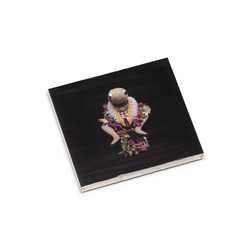

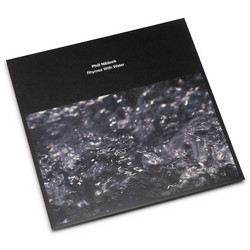
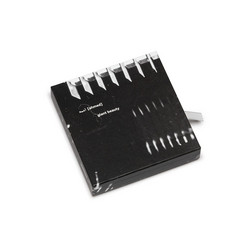



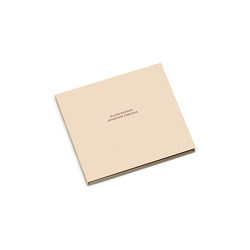
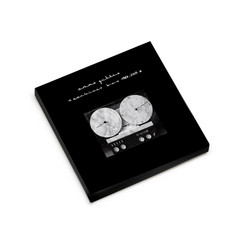





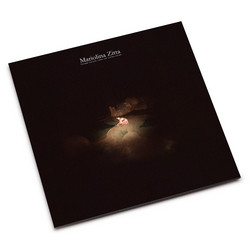






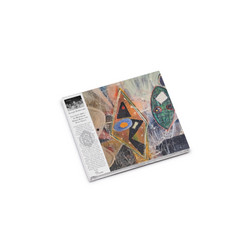
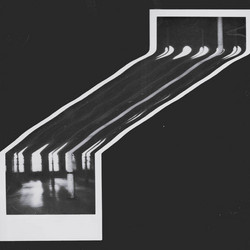
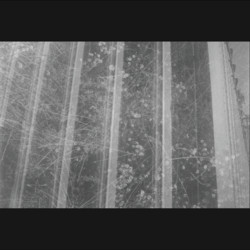

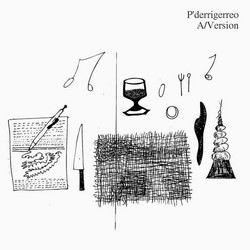






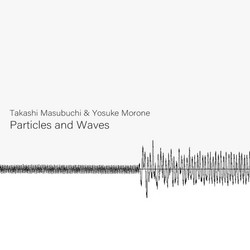

![(Kiku (sense) the [drawing + sound]) 描奏をきく](https://cdn.soundohm.com/data/products/2025-10/Kiku-sense-jpg.jpg.250.jpg)
